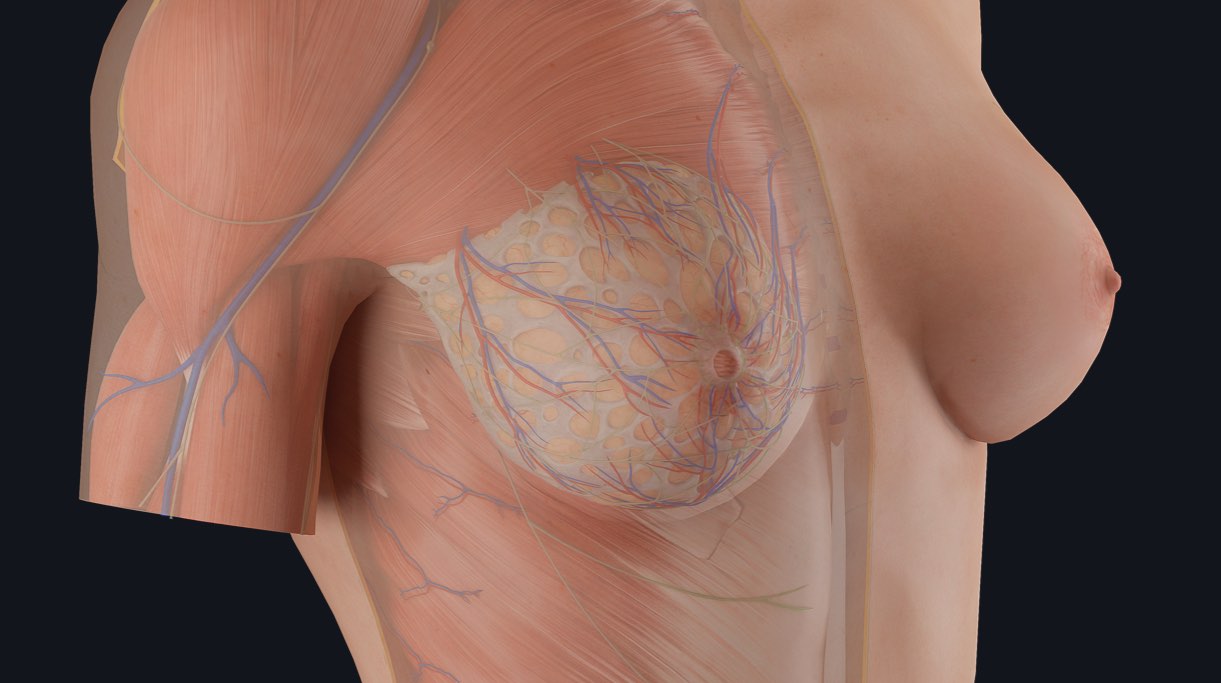
Breast tissue, otherwise known as the mammary gland, is made up of a mixture of fat and glandular tissue; unless you are pregnant or breastfeeding, the glands tend to be quite small.
Breast tissue most commonly extends from the second rib to the sixth rib and from the lateral border of the sternum to the mid axillary line found within the region of the armpit. Knowing that the breast tissue extends into the armpit is important when carrying out self assessments, as it can be a common site for breast cancer.
It is estimated that about 1 in 8 women will develop breast cancer in their lifetime. Therefore, it’s incredibly important to ensure that women are comfortable asking for a breast examination by a doctor or instructions on how to carry out a self-assessment. To remove any stigma that may be surrounding a breast check, let’s have a look at what typically occurs during such examinations.
Firstly, your doctor will take a detailed history. They may ask you questions surrounding your family history, the age you started puberty, the age of menopause, or if you are experiencing any symptoms.
Next, your doctor will examine the breasts. They will ask you to sit up and raise your arms above your head, while they look closely for any tethering of the skin, dimpling, cysts or redness as well as changes to the nipple or any discharge. They will then palpate the breasts using the flat of their hand, moving across the breast in a clockwise manner. Special importance is placed on assessing the region around the armpit, as well as checking nearby lymph nodes. The doctor will be trying to feel for any masses, and whether they are smooth, bumpy, soft or hard, as all this information is important diagnostic criteria.
Asking for a breast examination shouldn’t be daunting, and a mass doesn’t always mean cancer, but it is important to be vigilant and check with your doctor. It is important to check early and often, as the earlier small masses can be identified, the better the prognosis.